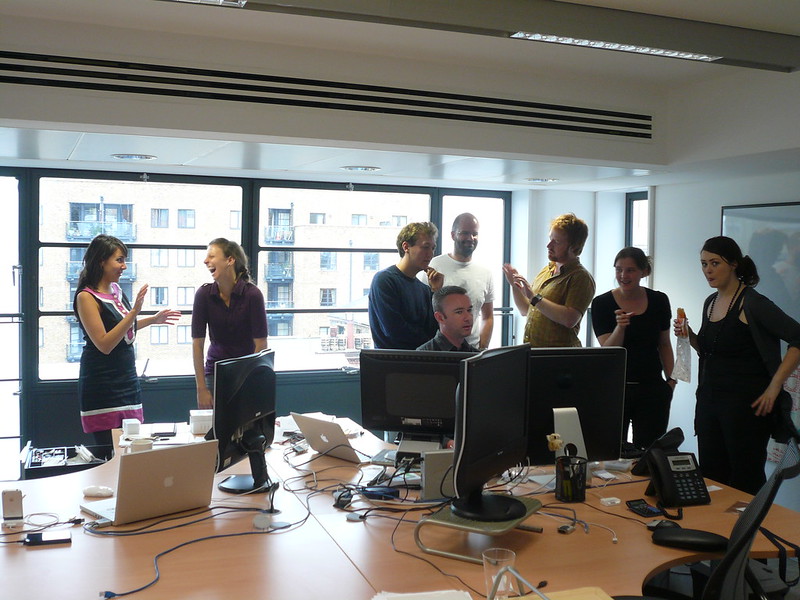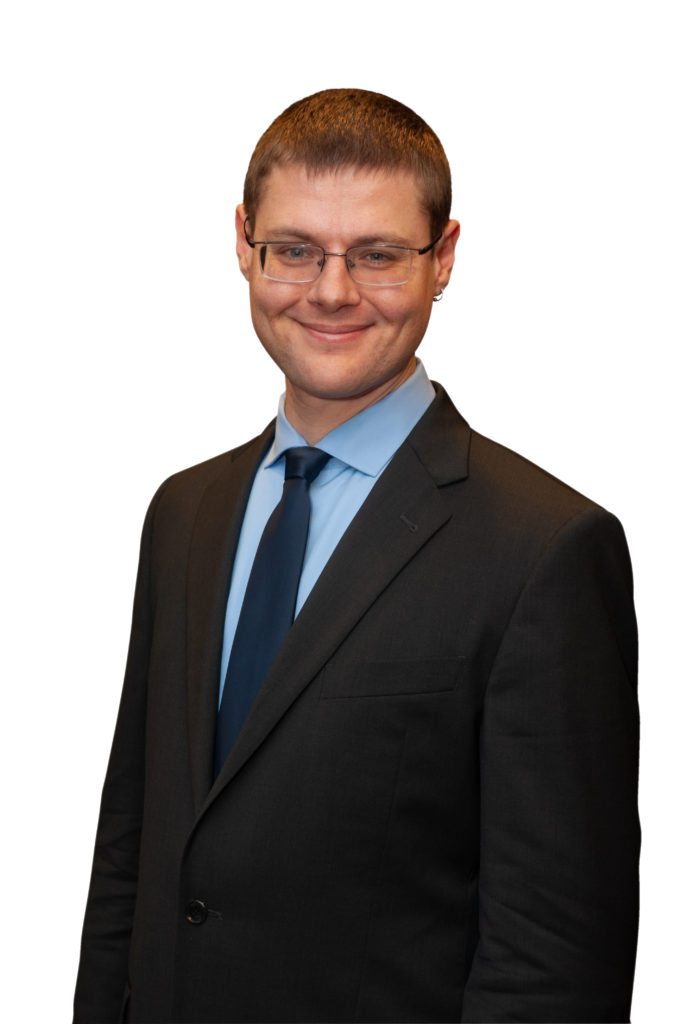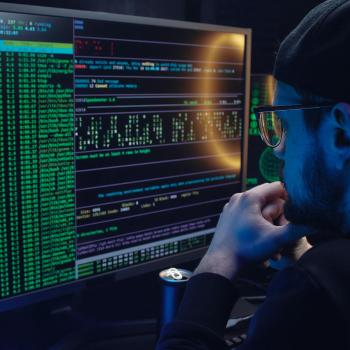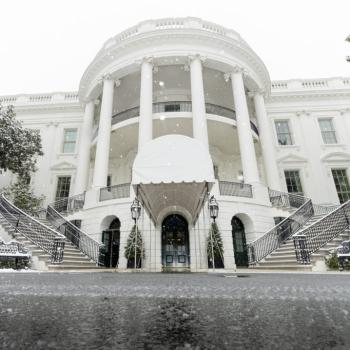
Hybrid employees don’t hate the office – they hate commuting to it, surveys show, since for many commuting takes over an hour per day and costs many thousands of dollars per year. And peer-reviewed studies find clear associations between longer commuting times and worse job satisfaction, increased stress, and poorer mental health.
Given that data, when I consult for organizations on determining hybrid work arrangements for their employees, a primary consideration involves minimizing staff commuting time. That means using data-driven methods to determine what endeavors offer the best return-on-investment for in-office work to make them worth the commute. Then, we develop a communication strategy to convey the value of these face-to-face tasks to hybrid employees, so as to get their buy-in on coming to the office for such high-impact work pursuits. In turn, we convey a commitment to minimizing their time spent in traffic by bunching as many activities requiring face-to-face presence together as possible. Doing so helps improve hybrid employee retention, engagement, and morale while reducing burnout.
What Kind of Work Should Hybrid Employees Do at the Office?
The large majority of hybrid employee time is spent on individual tasks, such as focused work, asynchronous communication and collaboration, and videoconference meetings, which are most productively done at home. There’s absolutely no need for employees to come to the office for such activities. Still, the office remains a key driver of value for high-impact, lower-duration activities that benefit from face-to-face interactions.
Intense Collaboration
Intense collaboration involves teams coming together in person to solve problems, make decisions, align on strategy, develop plans, and build consensus around implementing ideas they brainstormed remotely and asynchronously. Face-to-face interactions allow team members to observe each other’s body language, picking up on subtle cues like facial expressions, gestures, and posture that they may miss when communicating remotely. These nuances carry much more weight during intense collaborations.
In addition, in-person interactions facilitate empathy, which helps teammates build and maintain a sense of mutual trust and connection. Such bonds can be strained during intense collaboration, making it valuable to have intense collaboration take place in the office.
Finally, the office creates a context that facilitates collaboration through meeting rooms with whiteboards, easel pads, and other relevant tools. This collaboration-conducive setting takes employees out of their regular state of mind and helps them inhabit a different mental context, enabling them to switch gears and be more cooperative and inventive.
Challenging Conversations
Any conversation that bears the potential for emotionality or conflict is best handled in the office. It’s much easier to read and address other people’s emotions and manage any conflicts face-to-face, rather than by videoconference.
That means any conversations that have performance evaluation overtones should rightly occur in the office. The content might range from weekly 1-on-1 conversations between team members and team leads that assesses how the former performed for the last week and what they will do next week, to a quarterly or annual performance review. Similarly, it’s best to handle in-person any human resource concerns.
Another category of challenging conversations that belong in the office: conflicts that started remotely and couldn’t be settled there easily. My clients find that getting the antagonists to sit down and hash things out in person works wonders for the vast majority of disagreements.
Cultivating Team Belonging and Organizational Culture
Our brains are not wired to connect and build relationships with people located in small squares on a videoconference call, they’re wired to be tribal and connect with our fellow tribe members in face-to-face settings. In-person presence thus offers an opportunity to build a sense of mutual trust and group belonging that’s much deeper than videoconference calls.
And let’s face it: Zoom happy hours are no fun, at least for the large majority of participants. While it’s possible to organize fun virtual events, it’s much easier to do such activities in person.
As a result – whether at the level of small teams, mid-size business units, or the organization as a whole – in-person activities offer the opportunity to create a sense of group cohesion and belonging. They can involve simply socializing, but also some combine with intense collaboration in the form of strategic planning. For example, one of my clients, the University of Southern California’s Information Sciences Institute, organized retreats at both group and division levels to facilitate both a sense of belonging and a stronger strategic alignment.
In-Depth Training
A survey by The Conference Board reveals the key role of professional development for employee retention. While online asynchronous or synchronous education may suffice for most content, face-to-face interactions are best for in-depth training, by allowing trainees to engage with the trainer and their peers more effectively.
Physically present trainers can “read the room,” noticing and adjusting to body language and emotions expressed by trainees. In turn, peer-to-peer learning helps create a learning community that builds trust and facilitates mutual understanding and retention of information by adult learners. And the physical props and spaces available for in-person learning facilitate a deeper and more focused level of engagement with materials.
Mentoring, Leadership Development, and On-the-Job Training
Whether integrating junior staff and providing them with on-the-job training, mentoring and coaching current staff, or developing new leaders, the office provides a valuable venue for such informal professional development.
If team members are in the office, mentors and supervisors can observe the performance of their mentees and supervisees, and provide immediate feedback and guidance. Doing so is much harder in remote settings.
Similarly, mentees and supervisees can ask questions and get answers in real time, which is at the heart of on-the-job training. It’s certainly possible to do so remotely, but it takes more organization and effort.
Mentoring and leadership development often takes subtlety and nuance, navigating emotions and egos. Such navigation is much easier in person than remotely. Moreover, mentees need to develop a sense of real trust in the mentor to be vulnerable and reveal weakness. Being in person is best for cultivating such trust.
Spontaneity and Weak Connections
One of the key challenges of maintaining company culture for remote or hybrid workers is the decrease in cross-functional weak connections across staff. For example, research has shown that the number of connections made by new hires decreased by 17% during the pandemic, compared to pre-pandemic levels. Other research demonstrated that staff who worked remotely during the pandemic lockdowns built closer intra-team ties to members of their own team, but their inter-team ties to those on other teams deteriorated. This loss of connections can negatively impact long-term company success, since achieving organizational goals often requires cross-functional collaboration.
Such connections develop from spontaneous interactions in the cafeteria or during the chit-chat after a cross-functional in-person meeting. These kinds of spontaneous meetings can also help spur conversations that lead to innovations. And although organizations can replicate them to some extent in remote settings, the office provides a natural setting for such spontaneous interactions and their benefits.
Conclusion
The best practice for hybrid work involves helping employees reduce commuting by asking them to come in only for high-value face-to-face activities. These tasks include intense collaboration, challenging conversations, cultivating belonging, professional development, mentoring, and building weak connections.
For most staff, these activities should take no more than a day a week; junior staff getting on-the-job training and recently-promoted leaders receiving leadership development may require two or three days on a short-term basis of several months. Indeed, a survey of 1,500 employees and 500 supervisors finds that a schedule of one day a week provides the optimal balance of connection to colleagues with job satisfaction.
Leaders also need to develop and implement a transparent communication policy to explain this approach to their employees, get their feedback, and make any tweaks to improve this policy. Doing so will help facilitate employee buy-in and engagement with this new approach, which will reduce burnout while improving retention, engagement, and morale.
Key Take-Away
Minimize hybrid employee time commuting by asking them to come in only for high-value face-to-face activities, such as intense collaboration, challenging conversations, cultivating belonging, and building weak connections... >Click to tweet
Image credit: Lars Plougmann/Flickr
Originally published in Disaster Avoidance Experts
Bio: Dr. Gleb Tsipursky helps leaders use hybrid work to improve retention and productivity while cutting costs. He serves as the CEO of the boutique future-of-work consultancy Disaster Avoidance Experts. He is the best-selling author of 7 books, including the global best-sellers Never Go With Your Gut: How Pioneering Leaders Make the Best Decisions and Avoid Business Disasters and The Blindspots Between Us: How to Overcome Unconscious Cognitive Bias and Build Better Relationships. His newest book is Leading Hybrid and Remote Teams: A Manual on Benchmarking to Best Practices for Competitive Advantage. His cutting-edge thought leadership was featured in over 650 articles and 550 interviews in Harvard Business Review, Forbes, Inc. Magazine, USA Today, CBS News, Fox News, Time, Business Insider, Fortune, and elsewhere. His writing was translated into Chinese, Korean, German, Russian, Polish, Spanish, French, and other languages. His expertise comes from over 20 years of consulting, coaching, and speaking and training for Fortune 500 companies from Aflac to Xerox, and over 15 years in academia as a behavioral scientist at UNC-Chapel Hill and Ohio State. A proud Ukrainian American, Dr. Gleb lives in Columbus, Ohio.














